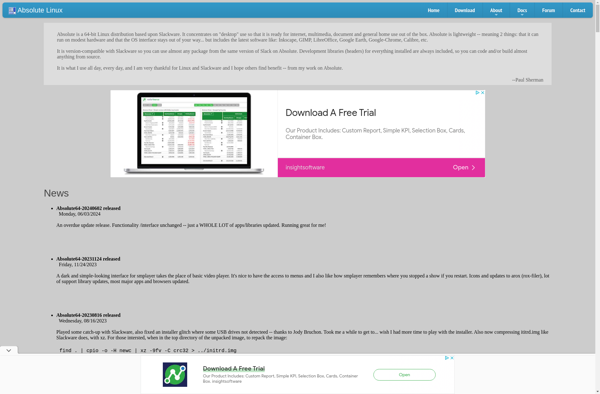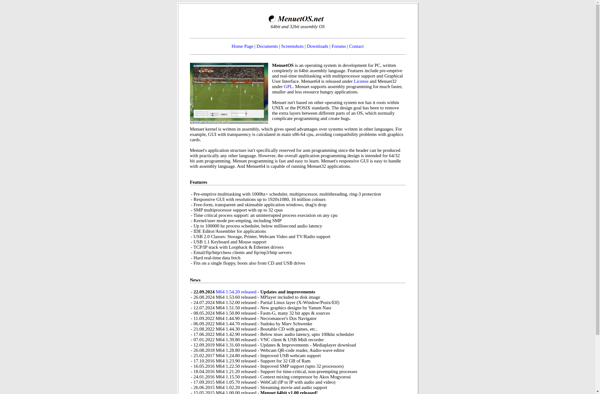SliTaz
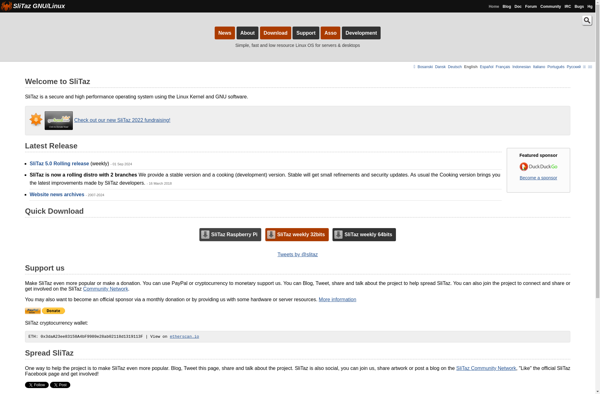
SliTaz: Lightweight Linux Distribution
SliTaz is a lightweight Linux distribution optimized for speed and low resource usage. At only 30MB, it can run efficiently on older computers. It uses Openbox and lightweight apps for a fast desktop experience.
What is SliTaz?
SliTaz is a very lightweight Linux distribution optimized for speed and low resource usage. The entire OS fits on a bootable live CD image of only about 30MB.
Despite its small size, SliTaz provides a usable desktop experience thanks to the Openbox window manager and a carefully curated selection of lightweight applications. It can run surprisingly well even on older computers with as little as 128MB of RAM.
Some key features and applications found in SliTaz include the Firefox web browser, Claws email client, Xfburn CD/DVD burner, Sylpheed email client, Abiword word processor, and Gnumeric spreadsheet application. It uses the lightweight tazpanel menu instead of a more heavyweight start menu.
The small size and optimized performance of SliTaz makes it a great choice for reviving old computers, secure public access terminals, and embedded systems. It loads entirely into RAM so the boot medium can be removed after loading. The active community provides ongoing development and support.
SliTaz Features
Features
- Lightweight - only 30MB ISO image
- Fast boot time
- Low resource usage
- Optimized for older hardware
- Openbox window manager
- Busybox utilities
- Lightweight applications
- Rolling release model with frequent updates
Pricing
- Open Source
Pros
Cons
Official Links
Reviews & Ratings
Login to ReviewThe Best SliTaz Alternatives
Top Os & Utilities and Lightweight Distributions and other similar apps like SliTaz
Here are some alternatives to SliTaz:
Suggest an alternative ❐Windows 10
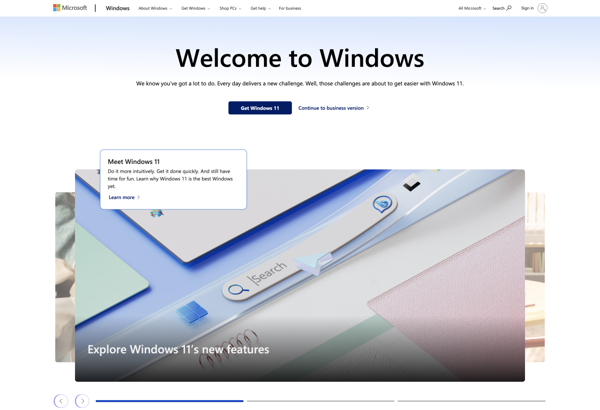
Ubuntu
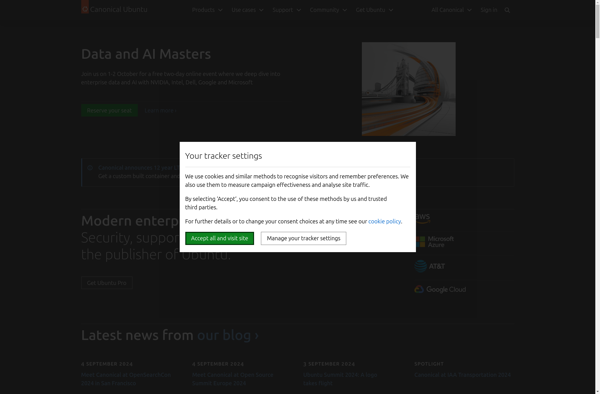
MacOS
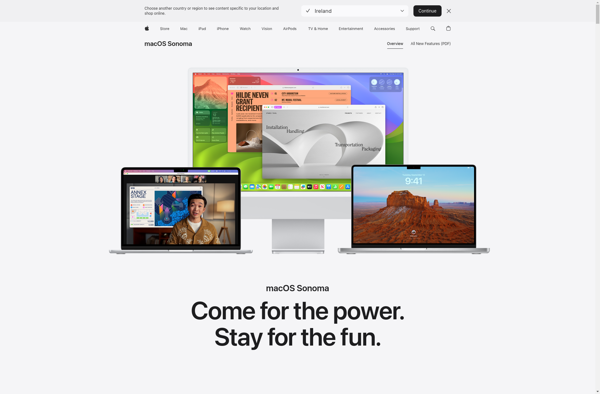
Linux Mint
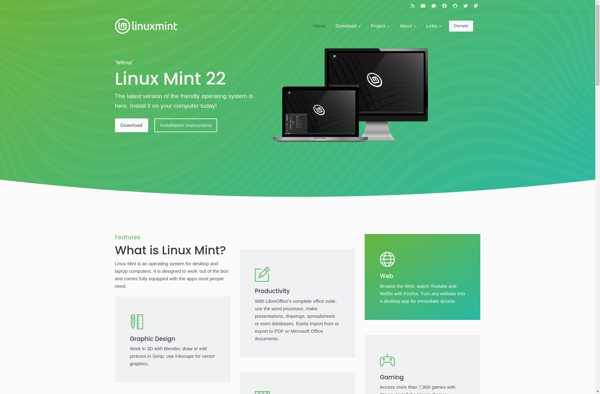
Windows 7
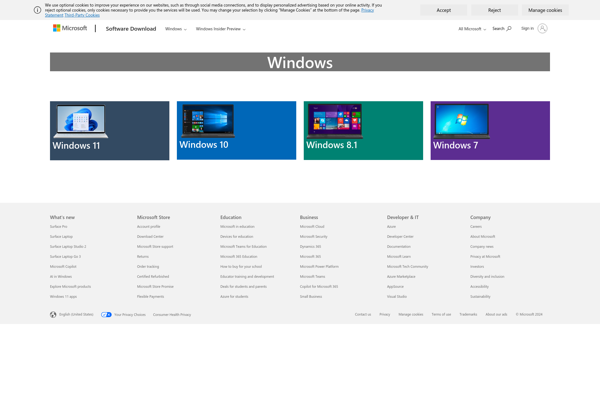
ReactOS
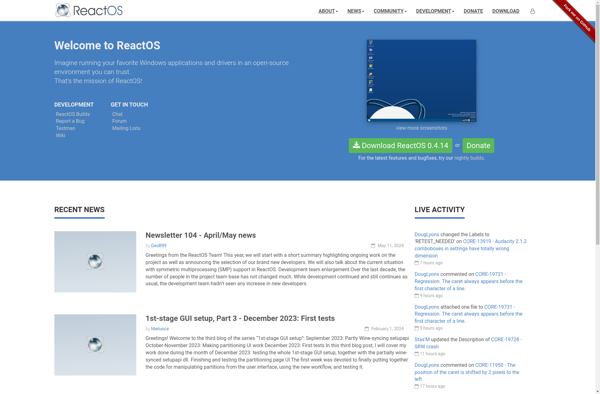
Arch Linux
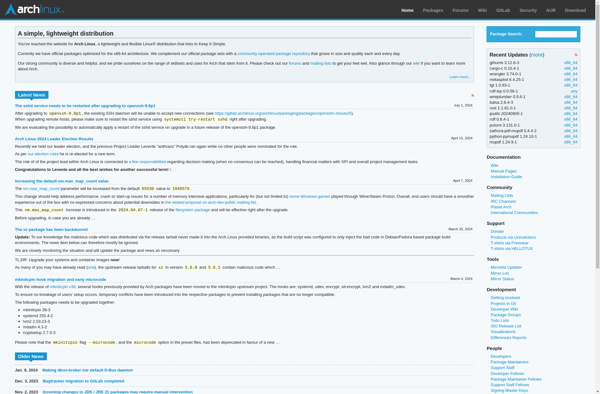
Elementary OS
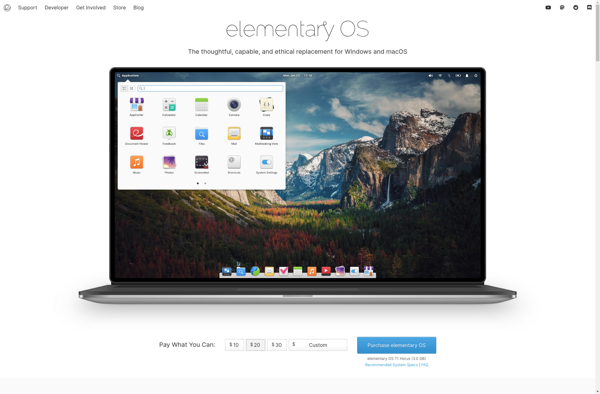
Debian
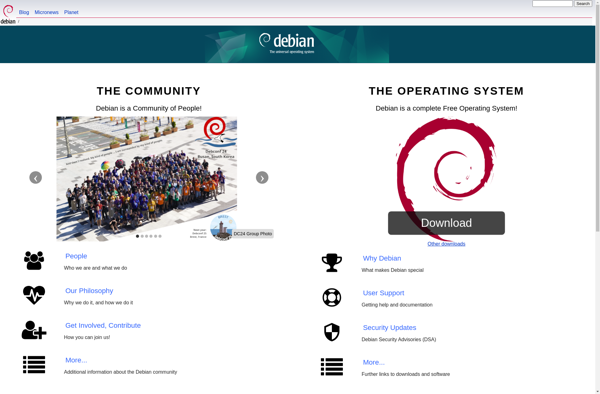
Fedora
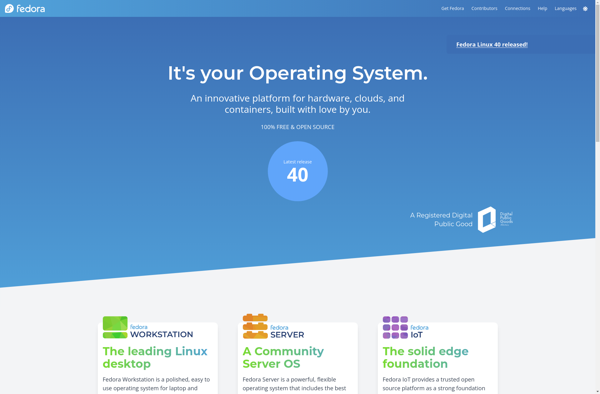
Porteus

OpenSUSE
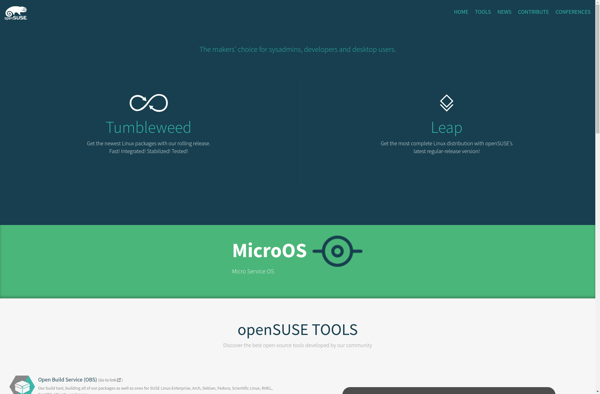
MobaLiveCD
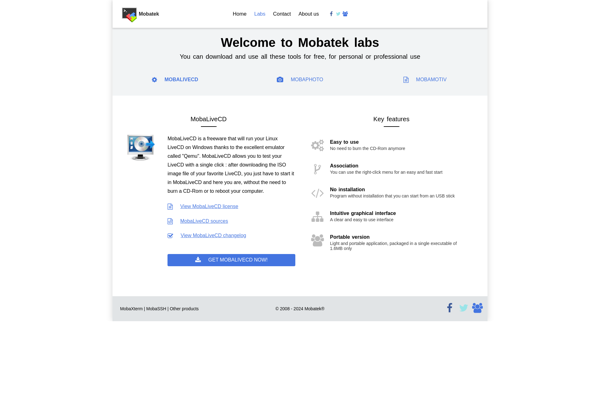
Tiny Core Linux

Matriux
RisiOS
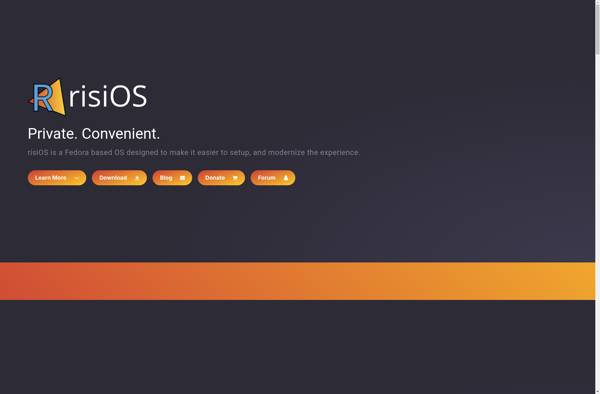
TempleOS
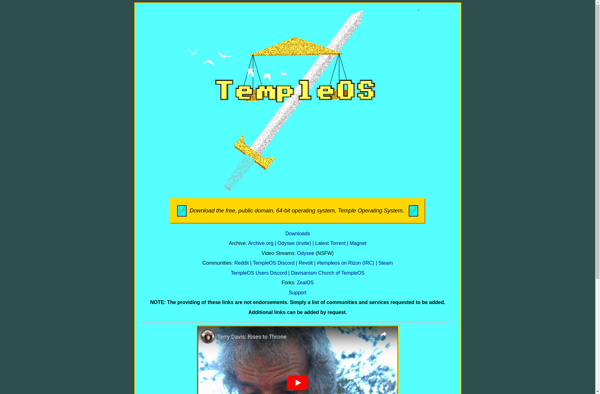
Minimal Linux Live
Kubuntu
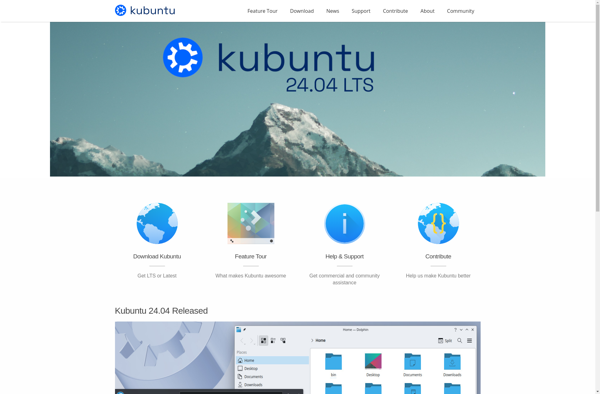
Levinux
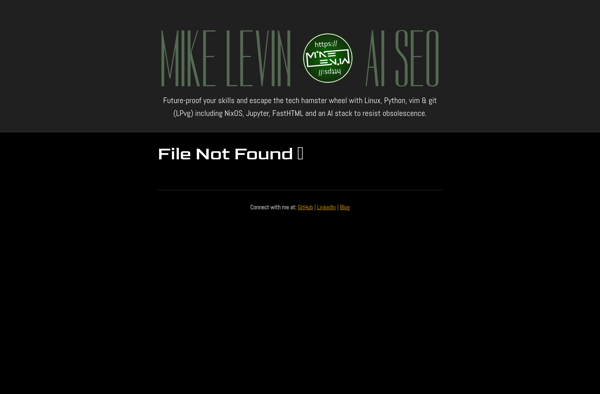
Legacy OS
Finnix
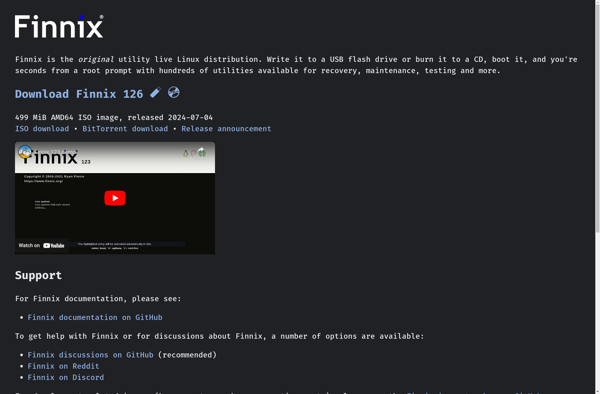
Mezzano
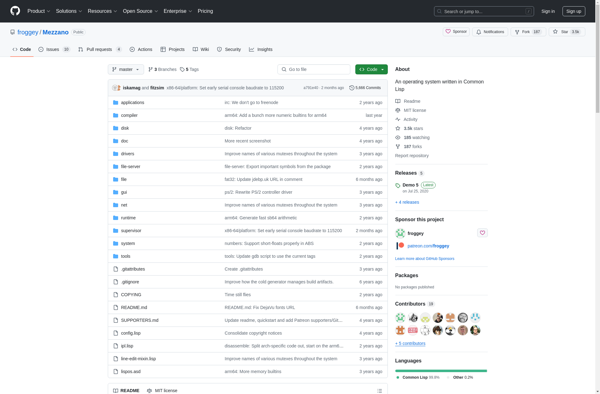
Absolute Linux
